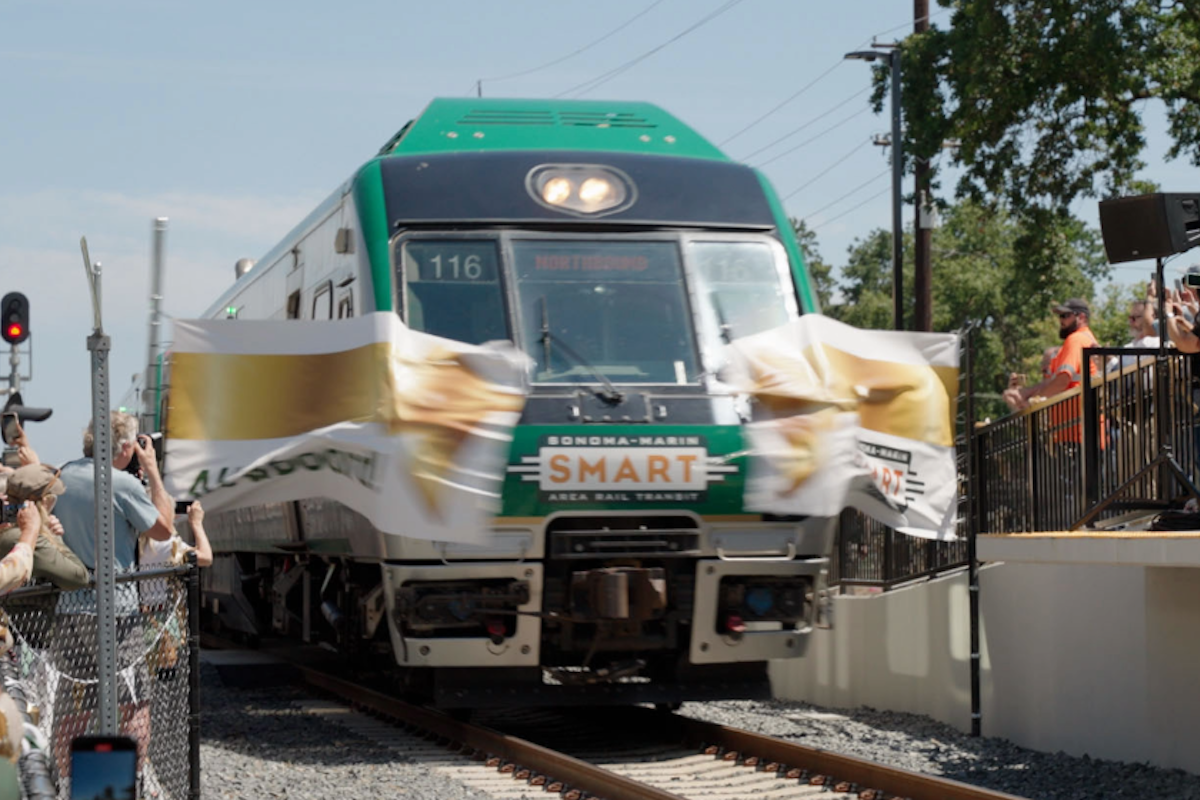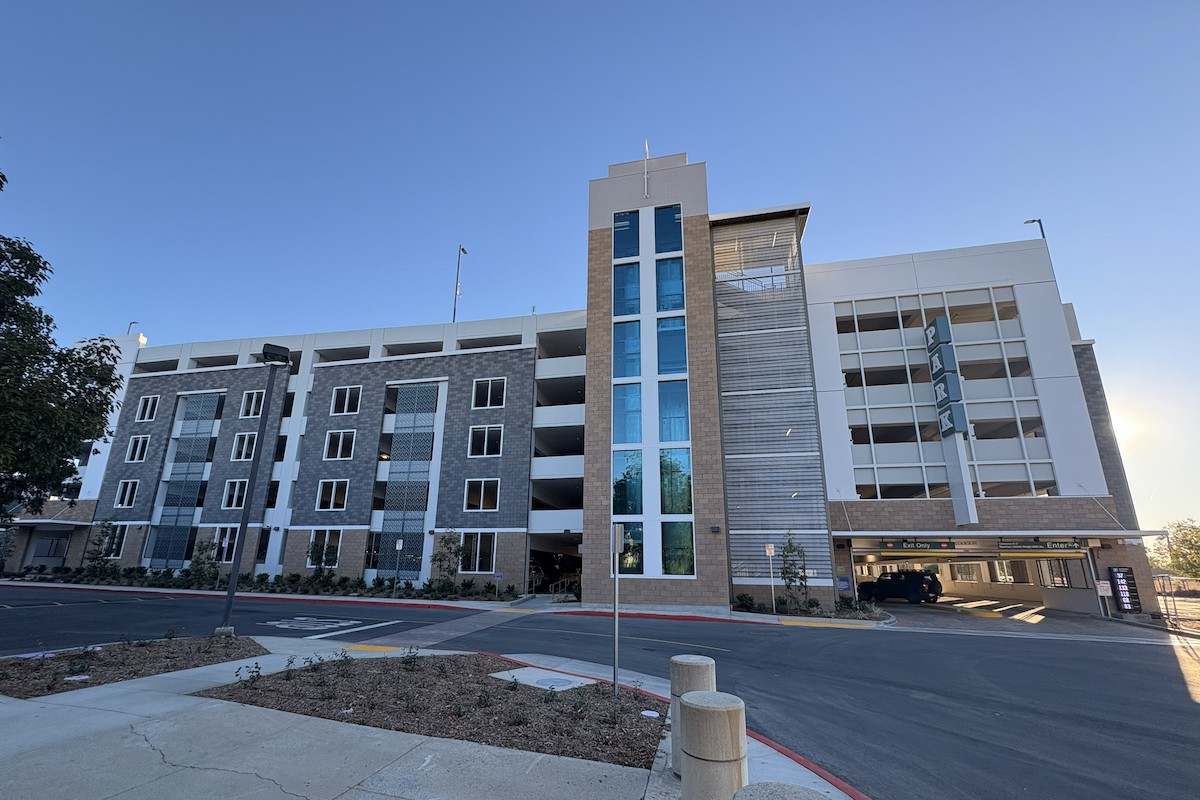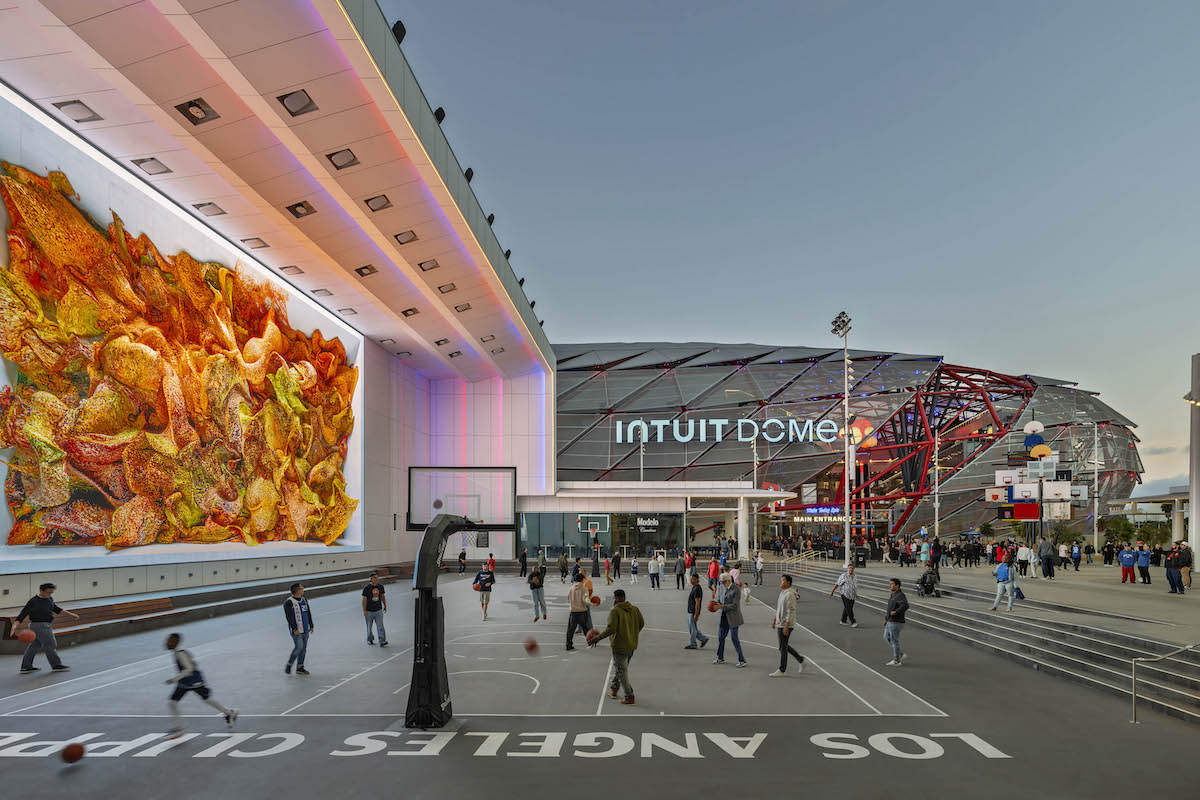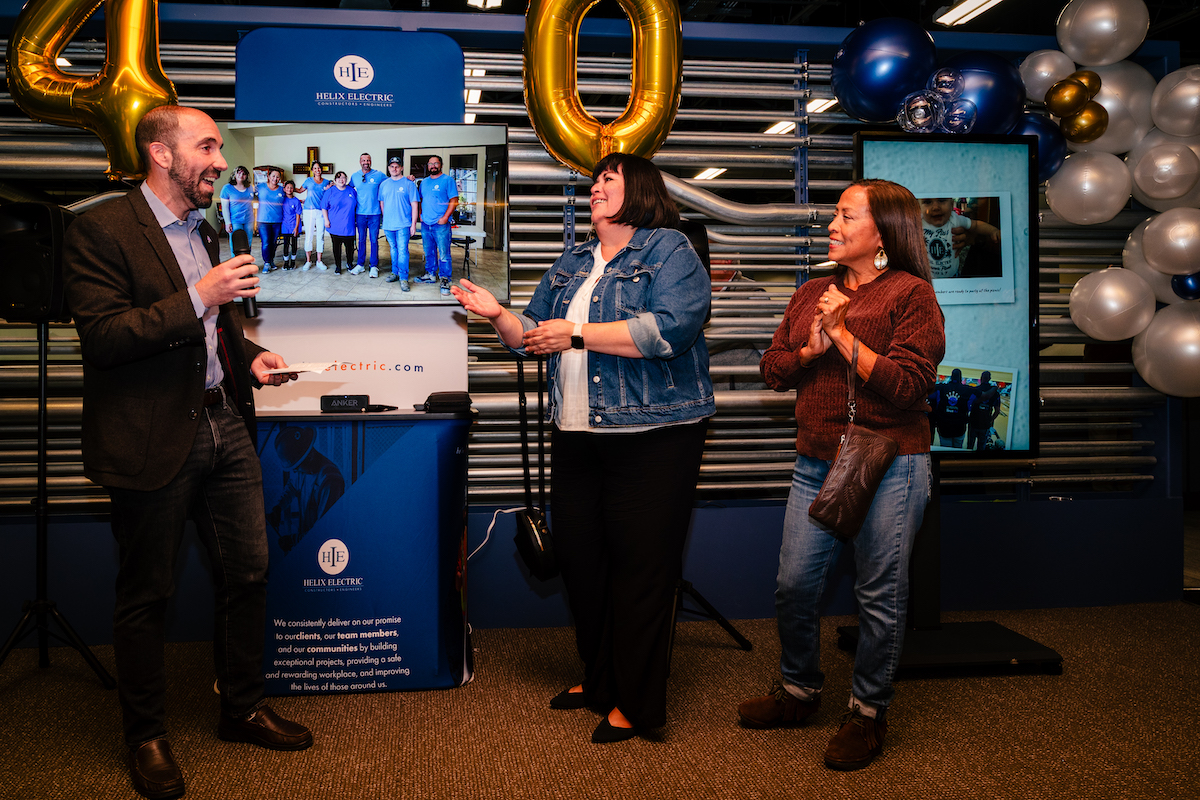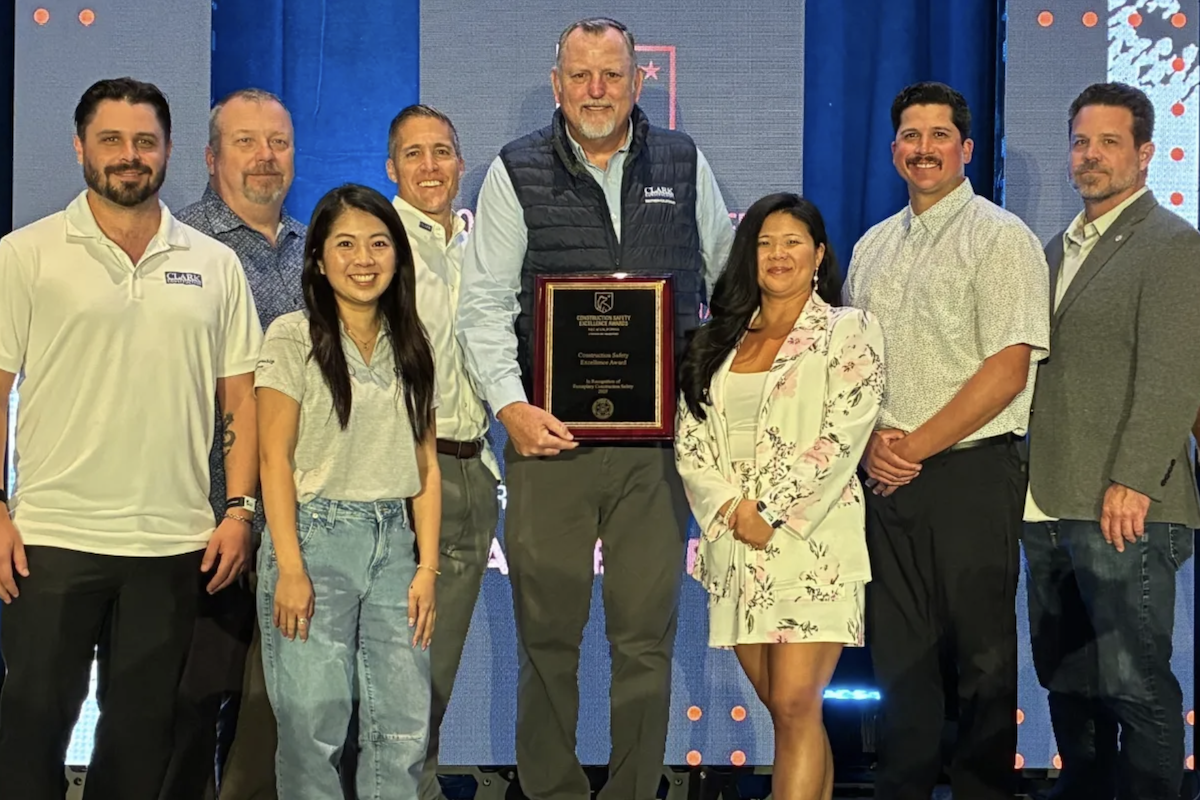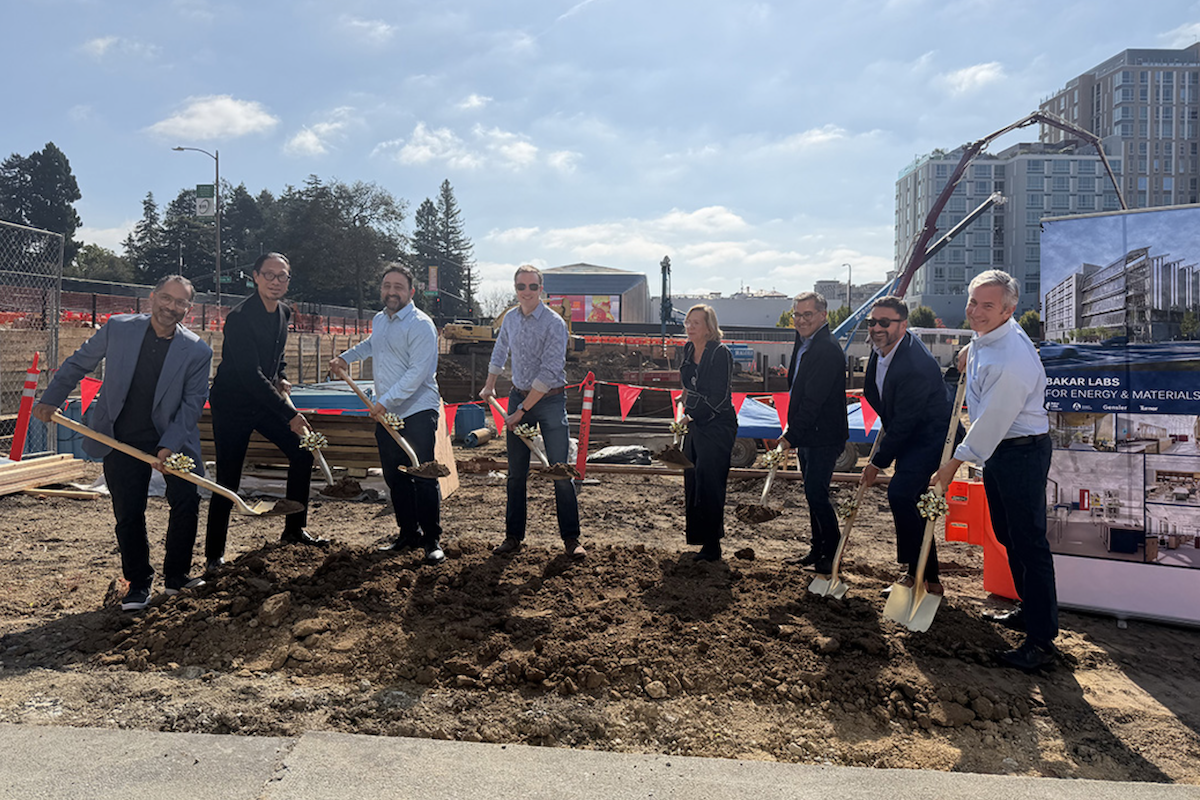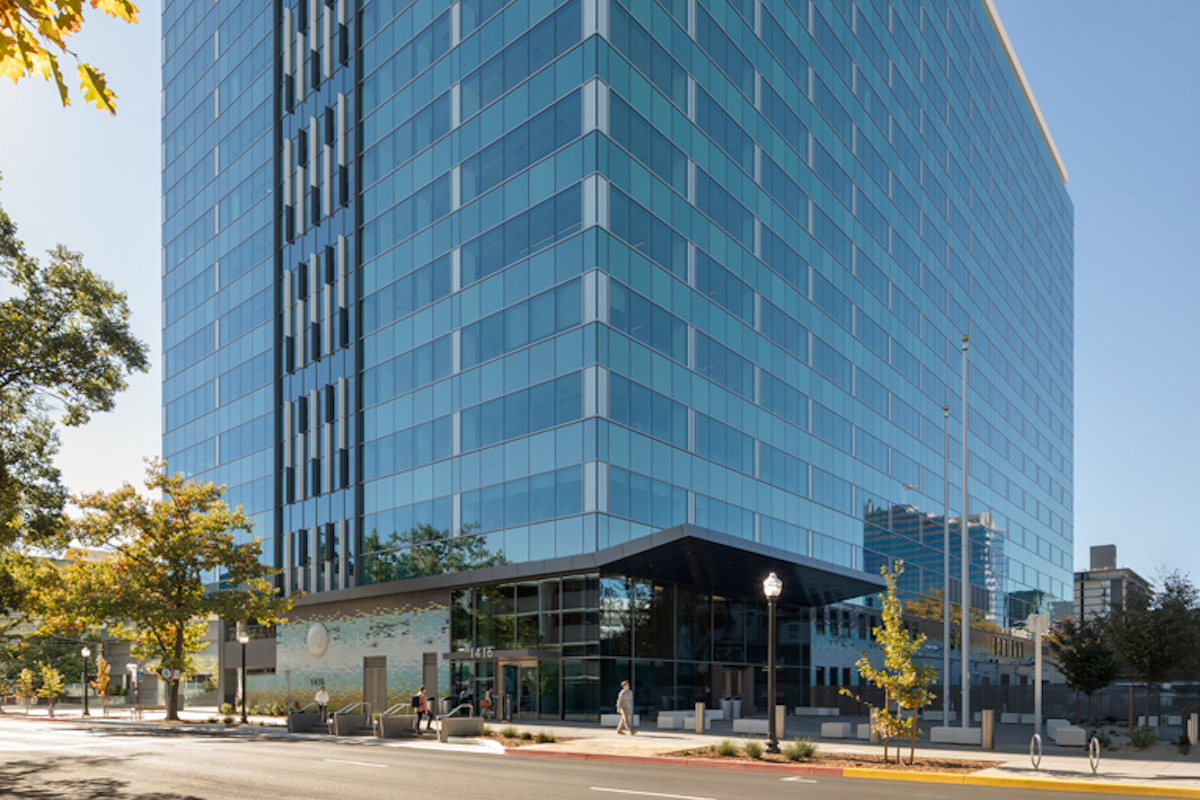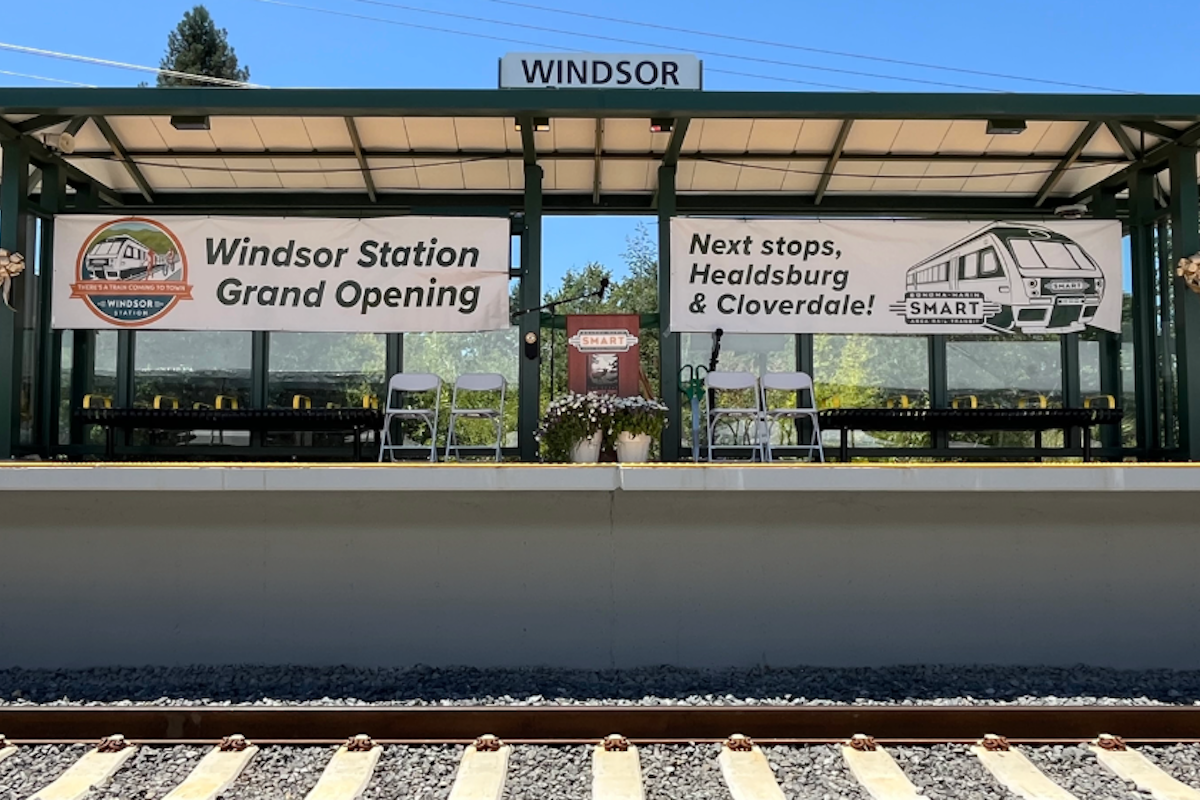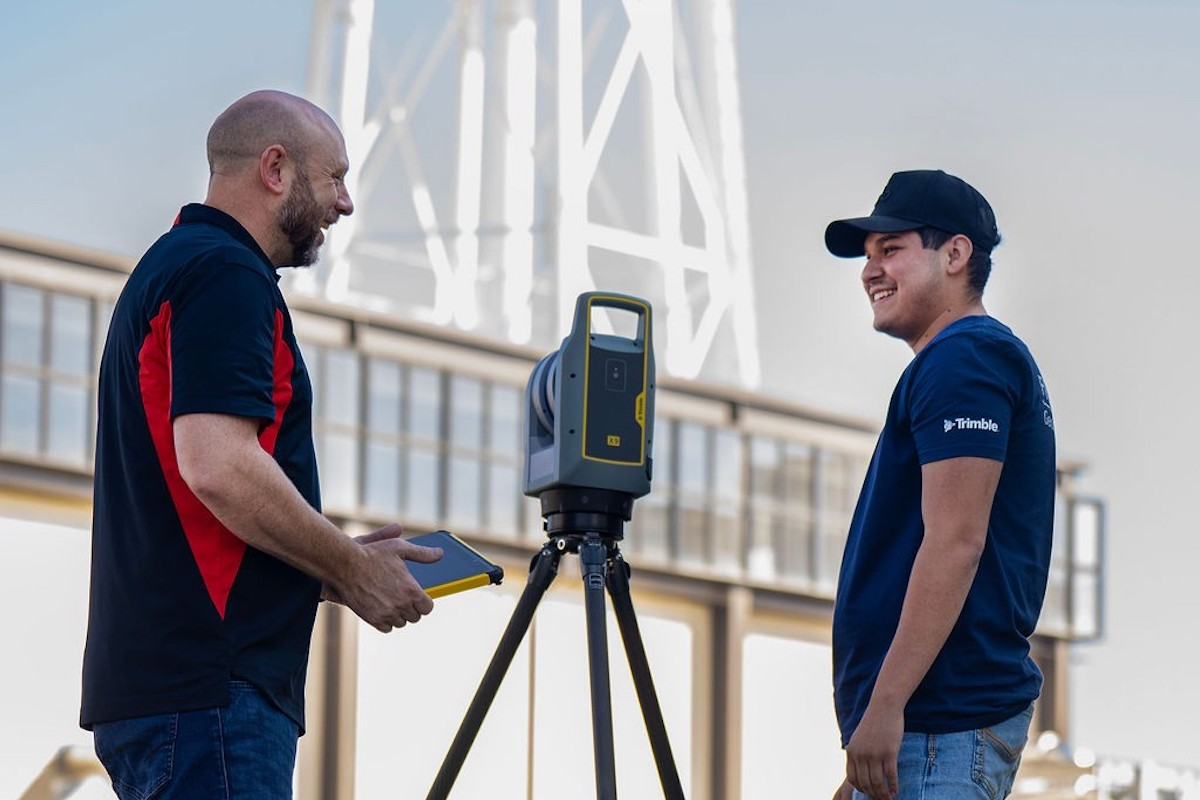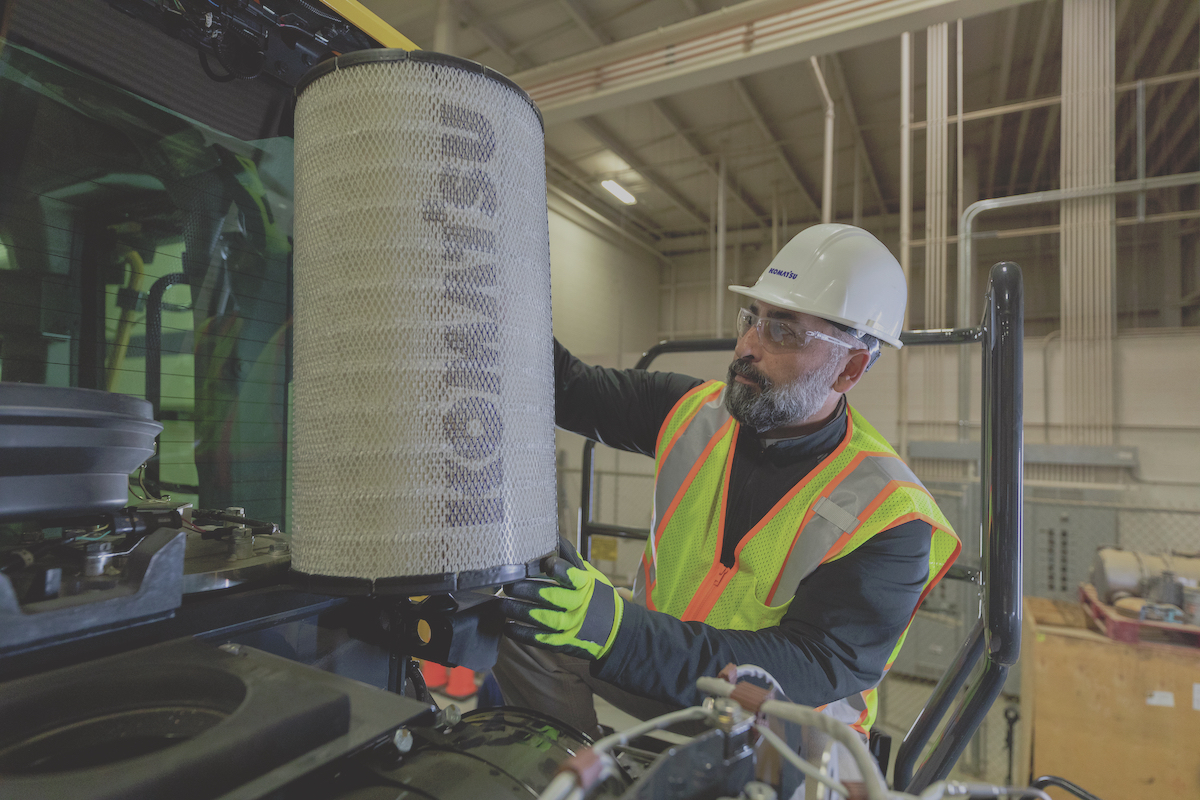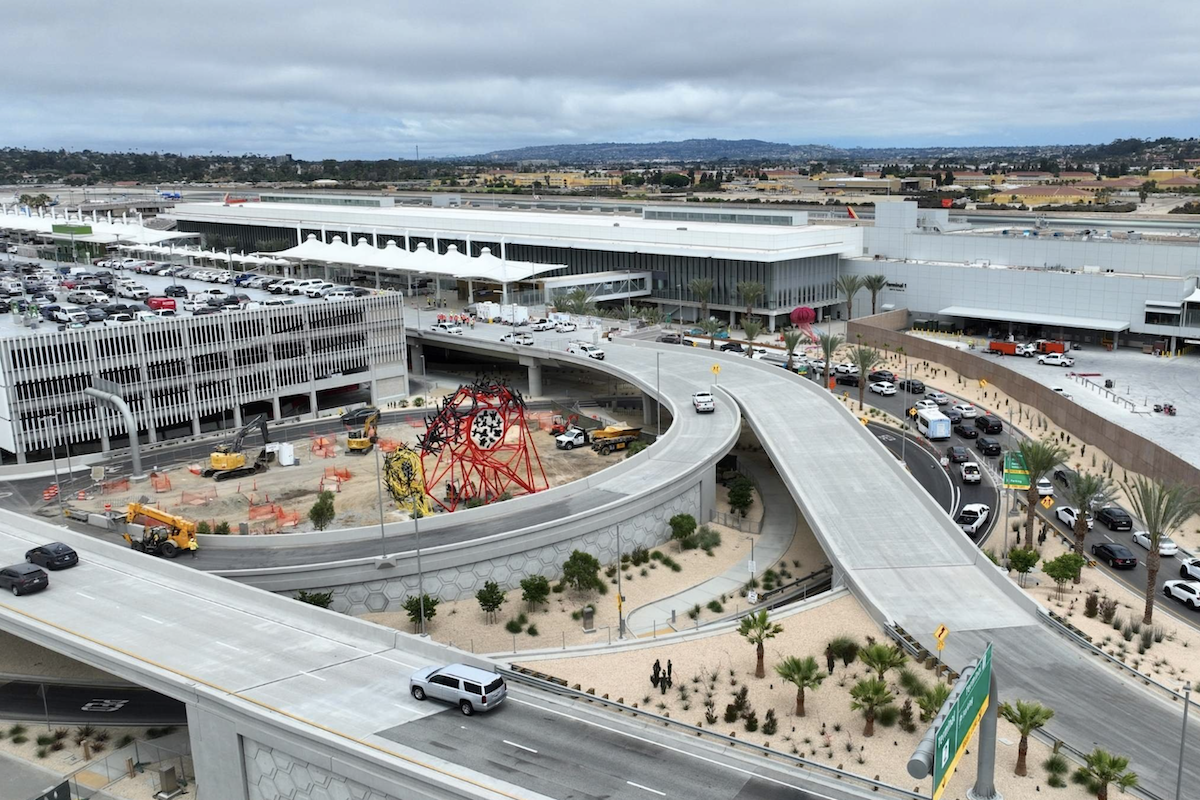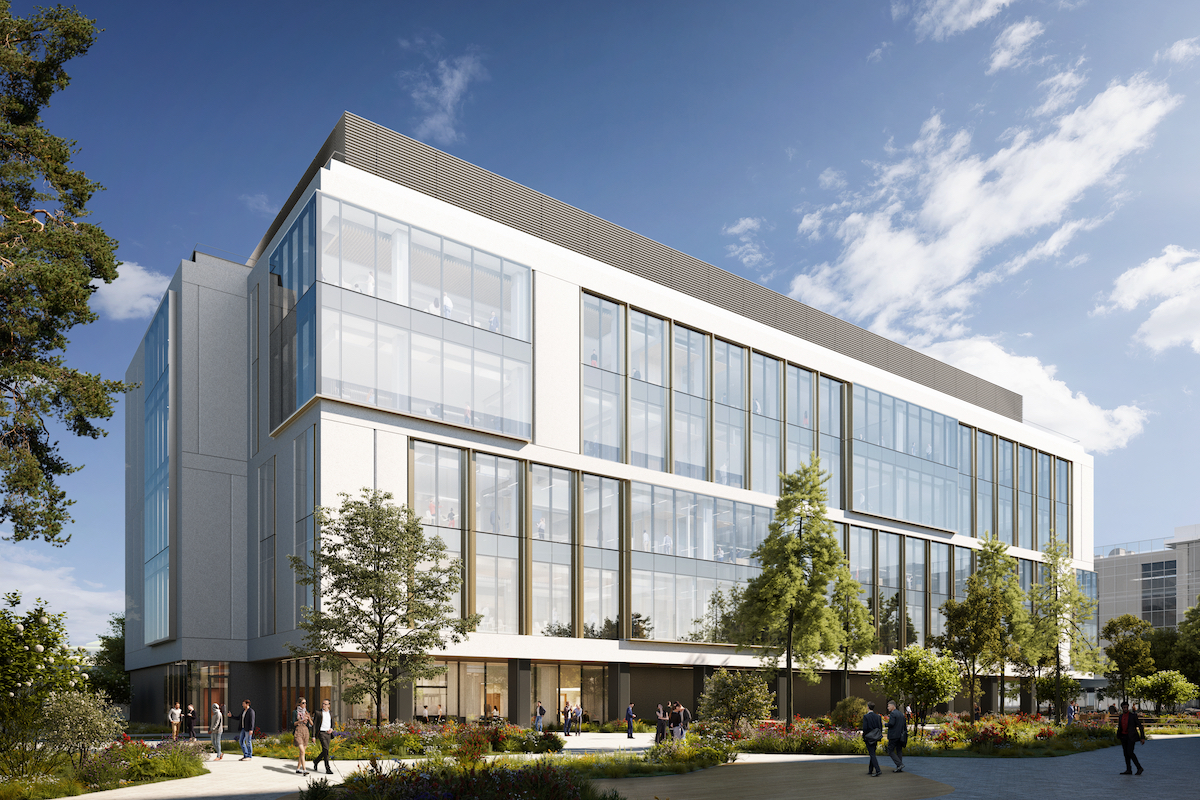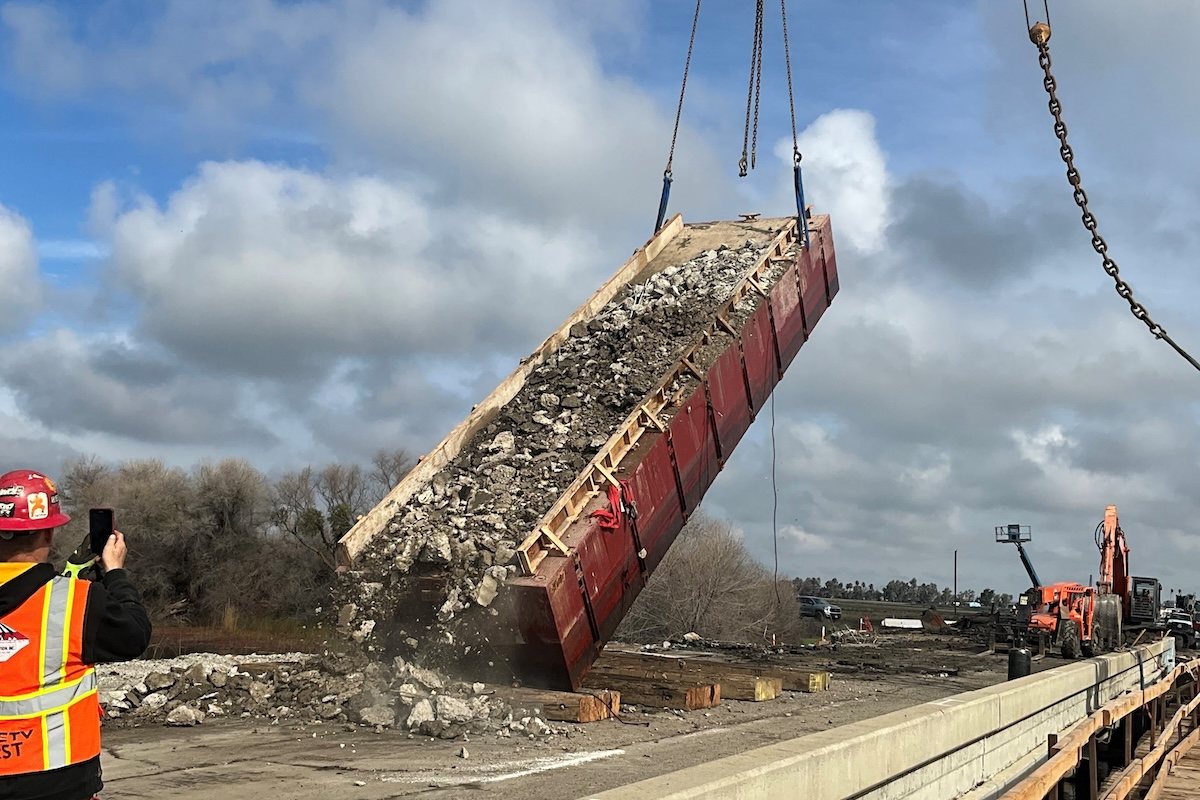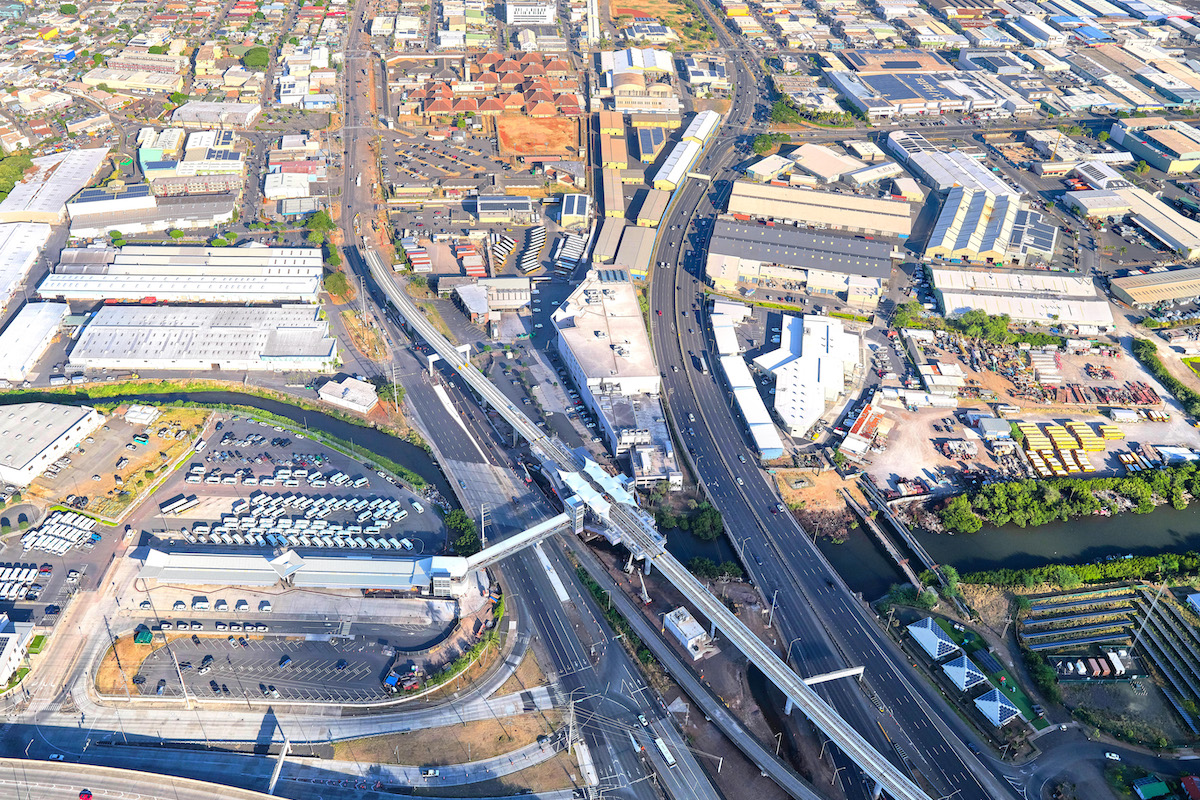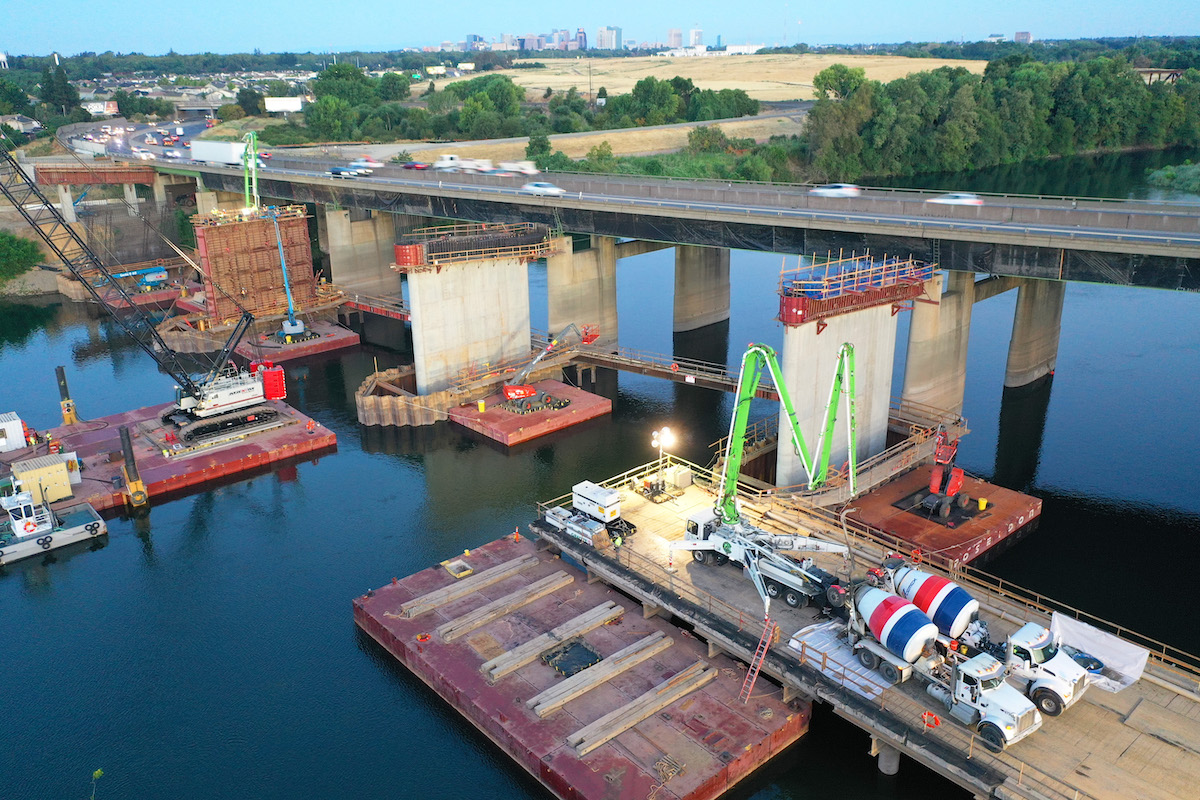The North Coast Corridor (NCC) program, initiated by the California Department of Transportation (Caltrans) and SANDAG (an association of local San Diego County governments), has been advancing critical projects along San Diego’s north-south coastal corridor since 2017.
The NCC is a $6.5 billion, 40-year, multi-modal transportation project. The first phase of NCC construction — Build NCC — is an $870 million project that includes $195 million in funding from Senate Bill 1, the Road Repair and Accountability Act of 2017.
Flatiron serves as project lead on a three-way joint venture that includes Skanska and Stacy Witbeck for all contracts on the project. The $220 million contract for Phase 1 includes two segments:
- Segment 1: Interstate 5 widening and improvements at San Elijo Lagoon
- Segment 6: San Elijo Lagoon Double Track Rail
Located in coastal northern San Diego County, the project is a Construction Manager/General Contractor (CM/GC) project. This allowed for the construction team to be involved early during the preconstruction phase, which led to numerous collaborations and unique solutions.

| Your local Trimble Construction Division dealer |
|---|
| SITECH West |
| SITECH Southwest |
Build NCC has several open contracts, with some ending in 2025. Segment 7 is expected to continue through 2028.
Segments 1 through 4 and 6 include improvements along 14 miles of I-5, including construction of two high occupancy vehicle (HOV) lanes and 4.2 miles of rail, as well as replacing the current eight-lane bridge at San Elijo Lagoon with a larger, wider span bridge that accommodates one additional carpool lane in each direction.
“To date, we have done improvements on the 14 miles of roadway, ... and we added 26 lane miles of HOV lanes,” said Paul Mignone, Flatiron San Diego Area Operations Manager. “For Segment 6 San Elijo rail bridgework, we had girders manufactured off site and trucked in, which resulted in a much faster construction process. All we had to do was build the foundation and substructure of the bridge and then lift the superstructure into place, which saved considerable time.”
Numerous endangered species call San Elijo Lagoon home, and it is one of the largest coastal wetlands in San Diego County. The San Elijo Lagoon restoration project is made possible through funding from the TransNet Environmental Mitigation Program, and in coordination with Nature Collective and lagoon resource agencies. Build NCC includes new bicycle and pedestrian trails within and surrounding the San Elijo Lagoon.

| Your local Gomaco dealer |
|---|
| Terry Equipment |
The Flatiron-led joint venture team also built bikeways and pedestrian paths, three bridges for extra hiking trails, and a railroad undercrossing so people and wildlife can safely travel underneath. One of the paths is the coastal rail trail, which is a walkway parallel to the railroad, but at a safe distance.
Segment 6 called for the replacement of an over 70-year-old wooden, single track trestle rail bridge with a modern, double-track pre-cast concrete bridge. This is part of a major rail improvement initiative between the cities of Encinitas and Solana Beach.
Segment 6 eliminates a significant bottleneck by creating 5.5 miles of continuous double track within the corridor, which will make rail travel more attractive. This initiative is expected to result in a reduction of over 411 million vehicle miles traveled, 166,000 tons of carbon dioxide, and 1.9 million hours in travel time over a 20-year period.
Flatiron made several significant investments into technologies that greatly benefitted the project. The first investment was into GPS.

| Your local Trimble Construction Division dealer |
|---|
| SITECH West |
| SITECH Southwest |
“On this project, we really made a switch over to using GPS on our machines, particularly when working in the lagoons. We used GPS-equipped excavators when grading underwater and placing rock slope protection. It helped with our QC [quality control] and QA [quality assurance],” Mignone said. “When the Caltrans inspector came to see if lagoon restoration efforts were on target, he got on the excavator so he could see the screen inside the cab. Then the operator reached down with the arm of the excavator to show that the build matched the plans.”
Flatiron also used GPS for roadway grading. According to the company, this decreased layout time and costs, along with making the whole process more efficient.
The second technological innovation the company embraced on this project was building materials technology. The project had a lot more cut than fill, so it was a net export project. Trucking earth, rocks, and other material off site is timely and expensive.
“The project is located in coastal north county San Diego, which is a very densely populated, highly developed area,” Mignone said. “There are not a lot of options for dealing with this material. It had to be trucked long distances.”

| Your local Trimble Construction Division dealer |
|---|
| SITECH West |
| SITECH Southwest |
Flatiron decreased the amount of material trucked off site by using a subgrade reinforcement fabric. This unique material allowed for more material to be used on site, and it allowed Flatiron to decrease the structural section on the highway. Using this technique was a first for Caltrans District 11. The innovation saved costs by decreasing the structural section of the highway and decreased how much cut had to be exported.
The company also decreased the amount of material it had to truck out by turning the excavation waste from cutting through sandstone into beach-quality sand that they deposited at local beaches, which contributed to an award-winning beach replenishment effort.
The project posed numerous challenges, some of which were new to Flatiron and to other stakeholders. Each time, Flatiron and its partners were able to come up with solutions that met or exceeded expectations.

| Your local Trimble Construction Division dealer |
|---|
| SITECH West |
| SITECH Southwest |
Flatiron and Caltrans are using the CM/GC delivery method for this project. The CM/GC approach enables early and ongoing collaboration among Caltrans, Flatiron, and its joint venture partners and other stakeholders. However, Caltrans was new to CM/GC. At the time, they had only started four other CM/GC projects and Build NCC was their largest CM/GC project to date. According to Mignone, “They needed to adapt and formulate their own internal process for managing CM/GC projects.”
Flatiron addressed this issue by bringing in a partnering facilitator that had significant CM/GC experience. “Because we hired someone who knew CM/GC, we were able to have good conversations to define how we will go through the preconstruction and construction phases of the project,” Mignone said. “That was instrumental in balancing the needs of the client with the needs of the contractor.”

| Your local Trimble Construction Division dealer |
|---|
| SITECH West |
| SITECH Southwest |
This project is dually sponsored by both Caltrans and SANDAG, which itself is an association of several local governments. Plus, two separate railroad companies operate in that area and would be affected by the construction. So, Flatiron had to come up with solutions that made several parties happy.
Flatiron saw benefits to getting buy-in from stakeholders, business partners, and community members during the early stages of the project. Allowing the contractor to be involved during the preconstruction phase is a great benefit to the CM/GC process. This allowed Flatiron to tweak the plan with Caltrans during this phase, which is significantly cheaper than doing it during the construction phase. It also allowed both parties to communicate and collaborate to come up with the best solution. Flatiron then met with the client, who manages most of the tax money that pays for this project, to ensure they believed their needs were being met.

| Your local Trimble Construction Division dealer |
|---|
| SITECH West |
| SITECH Southwest |
Flatiron was the lead on a three-way joint venture that includes Skanska and Stacy Witbeck. Each company has its own processes and standards. In order to make the joint venture work, there had to be synergy between all three companies.
“We needed to formulate our own team and our own family on the project,” Mignone said. “We had meetings with everyone. ‘What’s important to you? What’s important to me?’ Our safety programs are a great example of coming together to create something better than what each individual company could do. Every company found some things they liked in each of the other company’s safety programs, so our safety programs became a blend of the three. By taking a similar approach to all aspects of working together, we made it easy to get buy-in from each company.”

| Your local Trimble Construction Division dealer |
|---|
| SITECH West |
| SITECH Southwest |
The project included highway widening and reconstruction, a couple of railroad double track projects, and a major lagoon restoration. Each of those tasks require vastly different expertise, as well as different permits and access issues.
“Build NCC is a very massive program, and the different scopes of work make this project an excellent candidate for CM/GC, because it allows clients to bring in a contractor early to help solve issues regarding the constructability around permitting, access, and timelines,” Mignone said. “We spent two years in preconstruction before starting any work on site. We’re still doing preconstruction eight years later, as we look forward to future projects that are part of the program.”
“The whole program has been a great success,” Mignone added. “It has been statewide and nationwide as an example of what CM/GCs can be for public agencies.”

























